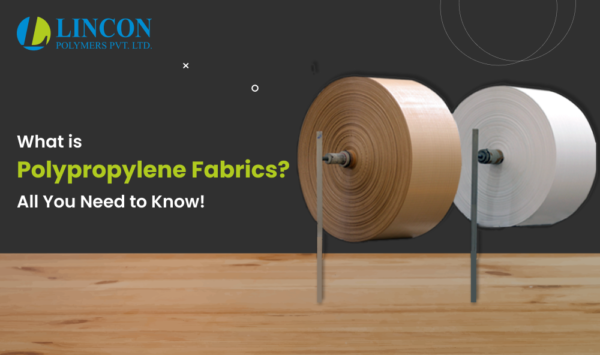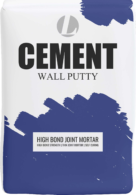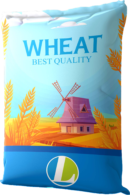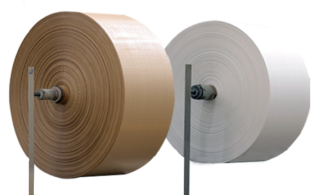
When it comes to the term fabric, the only thing that pops into mind is that it is a type of fabric that can be stitched into a dreamy outfit. Well, if you are thinking the same, then you are wrong! Today, polypropylene fabrics are widely used in various industries for various applications that allow Polypropylene manufacturers to provide industry-specific packaging solutions that uplift their businesses. In order to help you learn more about polypropylene fabrics, here’s the article you shouldn’t miss reading. Let’s get in!
What is Polypropylene Fabric?
Polypropylene fabric was invented in 1951 by Philips Petroleum to add additional strength and durability to a fabric. It is widely known as PP fabric. It is a type of textile that is made up of synthetic fibers, also referred to as thermoplastic polymers, and is commonly used for manufacturing packaging solutions for various industries like food, agriculture, medicine, automotive, and so forth.
Basically, PP Woven fabrics are made from synthetic fiber derived from the polymerization of propylene. Because polypropylene fabrics are versatile, they can be melted and reshaped repeatedly without significantly losing their properties, which allows PP woven bag manufacturers in South Asia to provide industry-specific packaging solutions that meet customers’ requirements.
What are the Types of Polypropylene Fabric?
There are two main types of PP fabrics - woven polypropylene Fabric and non-woven polypropylene fabric. Here’s a closer look at each type!
Woven Polypropylene Fabric:
Woven polypropylene fabric is produced by using the weaving process, when it is interlaced with yarn and threads together, resulting in a stable, structured fabric with unique patterns. PP fabrics, like woven polypropylene fabrics, are ideal for applications that demand strong durability, like packaging bags used in industrial industries. In addition, Woven PP fabrics are available in different weaves and color options. Whether you want circular or flat woven PP fabric, Lincon Polymers Private Limited has the latest looms with varying capabilities to provide customized polypropylene packaging solutions.
Non-woven Polypropylene Fabric:
On the other hand, non-woven polypropylene fabric uses mechanical, thermal, or chemical processes instead of weaving or knitting. A non-woven PP fabric is made by spinning PP polymers in a hot, airy environment into long, fluffy threads. These threads are then pressed together between hotrollers, resulting in a flexible and solid fabric with a weave-like texture that is breathable and feels pleasant to wear. Due to their exceptional offerings, Non-woven PP fabrics are versatile for various applications, including disposable medical supplies, hygiene stuff, geotextiles, and so forth.
What are the Polypropelene Fabric characteristics?
The following are the polypropylene fabric characteristics: Have a look!
- Lightweight nature
- High tensile strength
- Good thermal resistance
- Easy to clean and maintain
What are the Properties of Polypropylene Fabrics?
Here are some impressive properties of polypropylene fabrics; have a look!
- Vibrant and long-lasting dyeability
- Exceptional dimensional stability
- Prevents abrasion and friction
- Maintain the quality of the fabric over time
- Chemical and thermal resistant
Quick Overlook of Polypropylene Fabrics:
Let's walk through the following table for a complete understanding of polypropylene fabric, from basic to advanced.
Aspect | Information |
Fabric name | Polypropelene, Polypro, Moplen and PP |
Fabric breathability | Highly breathable nature |
Heat retention abilities | Quite medium |
Origin Place | 1951 |
Fabric Texture | Soft and airy fabric texture |
Color Fastness | Impressive dyeability |
Applications | Industrial and commercial packaging |
Cost | Relatively inexpensive compared to other synthetic fabrics. |
Conclusion:
In search of pp woven bag or fabric? Lincon Polymers Private Limited has you covered. At Lincon Polymers Private Limited, we are dedicated to providing customized - industry-specific packaging solutions. As one of the leading PP woven bag manufacturers in South Asia, Lincon Polymers Private Limited offers laminated PP woven bags and non-laminated PP woven bags that can be printed up to 8 times. Get in touch with our team for further details.
Our Products
Providing the most versatile and advanced products under one roof in the Woven Industry






